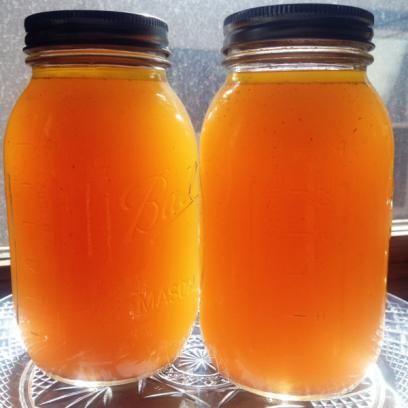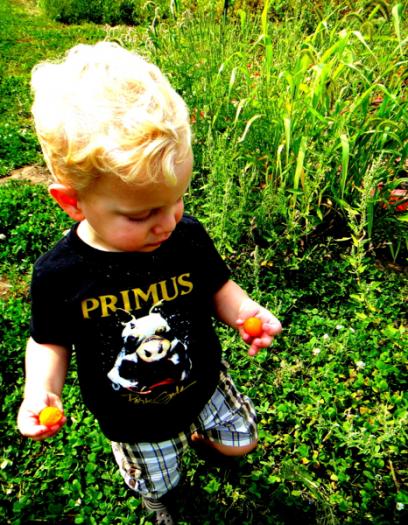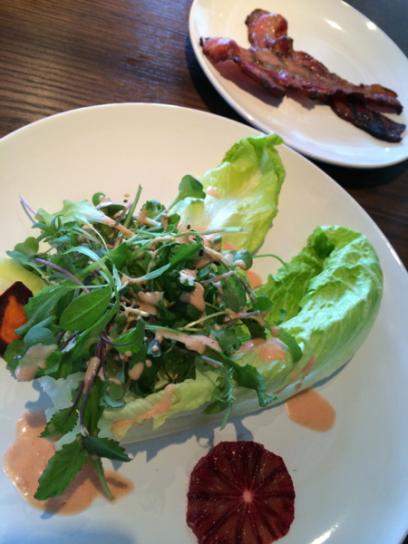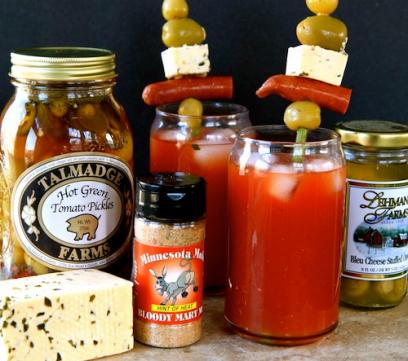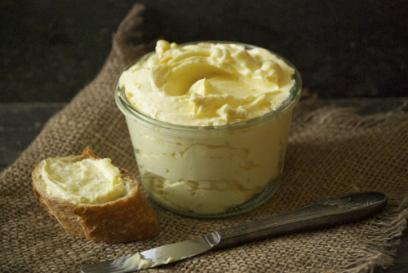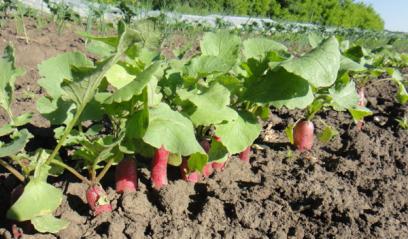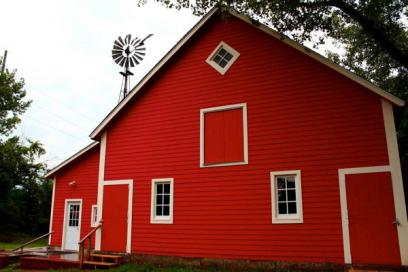After our long and very cold winter, I can think of many good reasons to be excited for spring, but one in particular comes to mind: fresh asparagus is almost here. When I first see those crisp green stalks for sale at the local farmers markets, I know spring is here to stay. I have remind myself to exercise some restraint and only buy one or two bunches at a time; after such a long hiatus, I tend to forget that I can always buy more the next week. And the week after that. And the week after that.
I grew up eating asparagus simply boiled, but in recent years, I've switched things up a bit. Nowadays, I lean toward roasting, grilling, sautéing, or making a rich, flavorful soup. Fortunately, it's not difficult to source as locally as possible, too.


